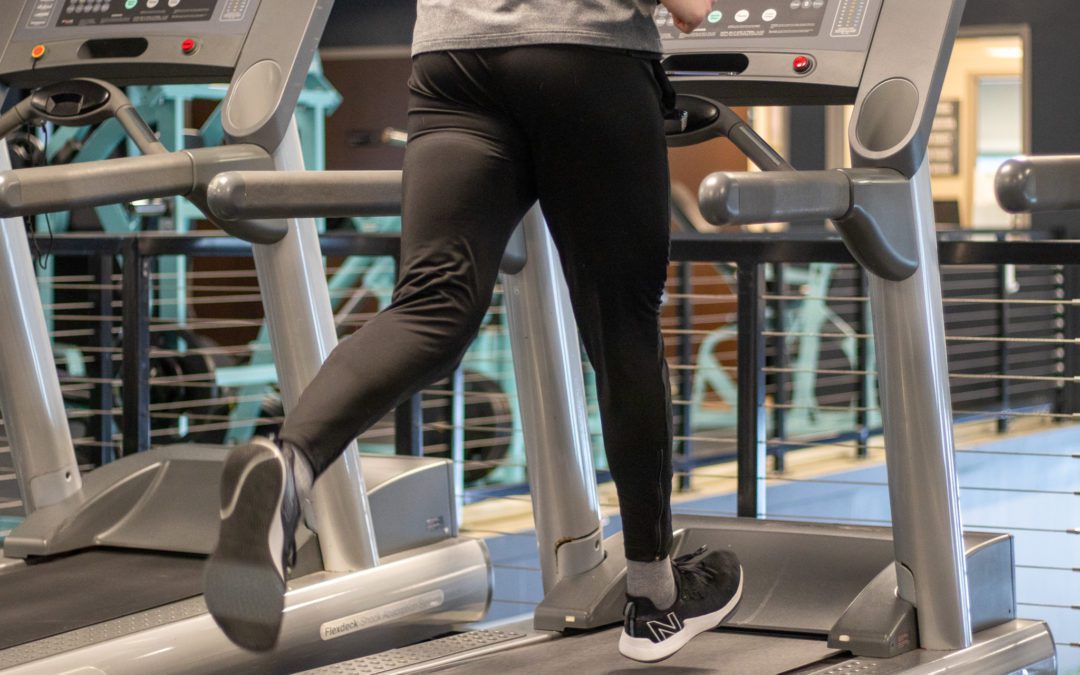Attention All Runners:
Because it’s only February and we’re in the midst of winter, those who like to run are most likely spending a lot of time on a treadmill. For some of you, running may mean achy knees, lateral hip pain, or shin splints. Or maybe you’re still feeling good, but worried about the cumulative effect of all those miles. Check out our most common questions about running below…
If you think your running injury needs attention – please call 320-217-8480 to schedule an appointment.
Q: “Is running bad for my knees?”
A: Not necessarily. Weight bearing activities where the cartilage is intermittently loaded (like running) actually helps promote cartilage and bone to remodel into strong tissues that can better distribute those forces, but overtraining can be bad for your joints and also suppresses important growth hormones that would be activated by more moderate exercise. Listen to your body and not just your training calendar. Knowing the difference between normal post-exercise ache and the beginning of an injury is key- don’t be afraid to take a few days easy, cross train, or just rest if you sense a sharp nagging pain starting.
Q: “Is there a correct running form?”
A: There is no ‘right’ form for everyone, but there are plenty of ‘wrong’ ways to run that predispose to injury and are making it harder to increase your pace or distance. Over striding and landing hard on an outstretched heel puts a braking force through a straight knee, causing knee pain and degeneration. Taking shorter, quicker steps, with a slight forward lean, landing on your midfoot with the foot underneath you, like a sprinter, will help. A cadence of around 180 steps per minute has been shown to encourage this kind of form. Our Physical Therapy department can perform a running analysis and help correct gait inefficiencies or retrain you to a midfoot strike if you have pain from heel strike.
Q: “What exercises can I do to protect my joints from running injuries?”
A: One of the most important muscle groups for runners to work on is the lateral hips, particularly the Gluteus Medius muscle. When you’re supported by just one leg, the Gluteus Medius on the stance leg contracts to hold the unsupported half of the pelvis up. When that muscle is weak, the pelvis drops and you unconsciously shift your unsupported weight over the stance leg to maintain balance. This results in inefficient movements and hip and knee injuries. Try doing a lunge or a single leg squat: if your knee dives in like the picture below, your Gluteus Medius weakness may be predisposing you to running injury. Our personal trainers can help you find these areas of subtle weakness and show you exercises for core strength and pelvic stability to allow an efficient running form.

